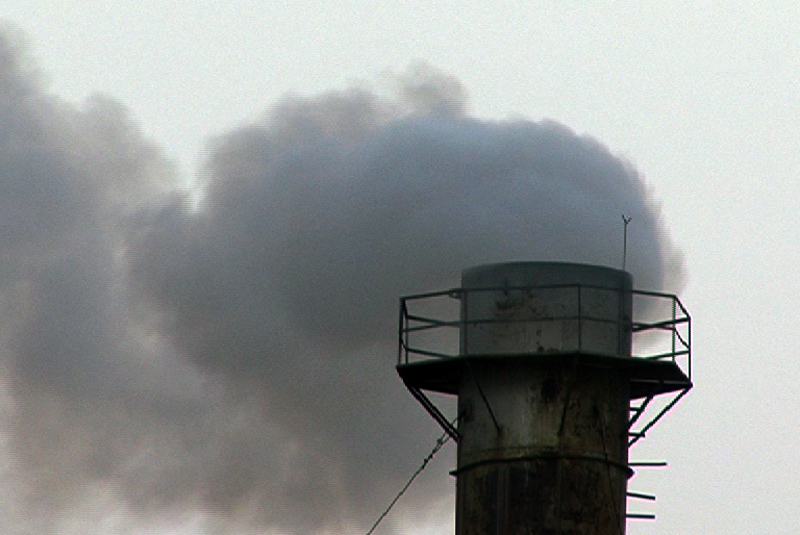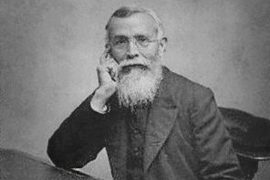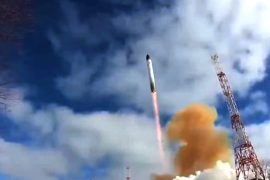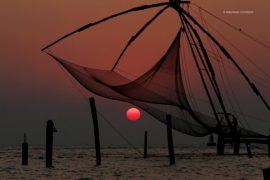The Montreal Protocol on Substances that Deplete the Ozone Layer is “perhaps the single most successful international agreement,” remarked the former UN Secretary-General Kofi Annan.
When the question of climate change and global warming arises in India, people often neglect it. One gets the feeling that people have resolved to believe that the world cannot be rescued. No one person’s efforts can alter the planet, say those afflicted with chronic pessimism. As clichéd as it may seem, a single person’s responsible acts may have a cascading impact. Similarly, when nations band together on an issue, positive outcomes could be anticipated. Nothing stands as a genuine testimony to the evolution of human behaviour as the Montreal Protocol.
The ozone layer, a gaseous blanket that occurs between 10 and 50 kilometres above the earth’s surface, is critical for shielding humans from the sun’s strong UV radiation. Scientists released research in 1974 claiming that chemicals included in common goods such as aerosols, packaging, and refrigerators may be destroying the ozone layer. It significantly increases the occurrence of skin cancer, cataracts, and other damages to people and animals on the planet.
When a hole in the ozone layer was found over Antarctica in 1985, the ozone depletion hypothesis was confirmed. The hole demonstrated that the severity of the issue was much larger than scientists had anticipated. International concern over the ozone layer’s degradation prompted unprecedented international action. It was to prohibit the hazardous chemicals responsible for its depletion – chlorofluorocarbons (CFCs).
-30-
Copyright©Madras Courier, All Rights Reserved. You may share using our article tools. Please don't cut articles from madrascourier.com and redistribute by email, post to the web, mobile phone or social media.Please send in your feed back and comments to [email protected]











